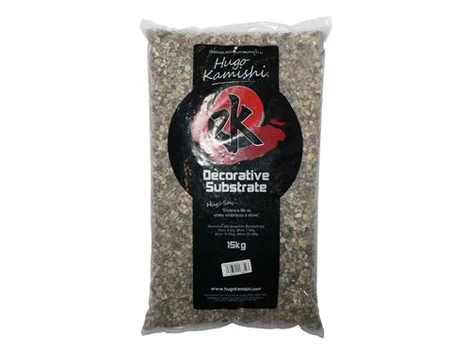First tank since I gave up saltwater in maybe 2012 or so.. decided it would be nice to have something on the home office desk to help pass the day by.. so here I am, attempting to do a low-tech, low to zero maintenance planted tank.. I've had freshwater in the past, but plants surviving was more luck than judgement, but even still I don't intend to get too much into the weeds (pun) on this one.. (Famous last words)..
So here it is, a 'Superfish' QubiQ 60 litre. It's a cheap tank, with some pretty questionable silicone work, but hopefully it'll survive the process..
I've spent the last week or so obsessing with learning as much as I can, but popped up to see Pete at @Riverwood Aquatics for a bit of advice, and ended up with substrate, wood and some accessories.. Highly recommend, fantastic selection, great service..
After watching more videos than I care to remember (MD etc), i'm intending to use soil in the rear 'half', with a barrier, and then a medium-fine sand at the front.. I think i've got the gear, but the idea.. who knows
Here it is so far...
Forward view

View from my desk

View from her desk

Birds eye

So here it is, a 'Superfish' QubiQ 60 litre. It's a cheap tank, with some pretty questionable silicone work, but hopefully it'll survive the process..
I've spent the last week or so obsessing with learning as much as I can, but popped up to see Pete at @Riverwood Aquatics for a bit of advice, and ended up with substrate, wood and some accessories.. Highly recommend, fantastic selection, great service..
After watching more videos than I care to remember (MD etc), i'm intending to use soil in the rear 'half', with a barrier, and then a medium-fine sand at the front.. I think i've got the gear, but the idea.. who knows
Here it is so far...
Forward view
View from my desk
View from her desk
Birds eye



